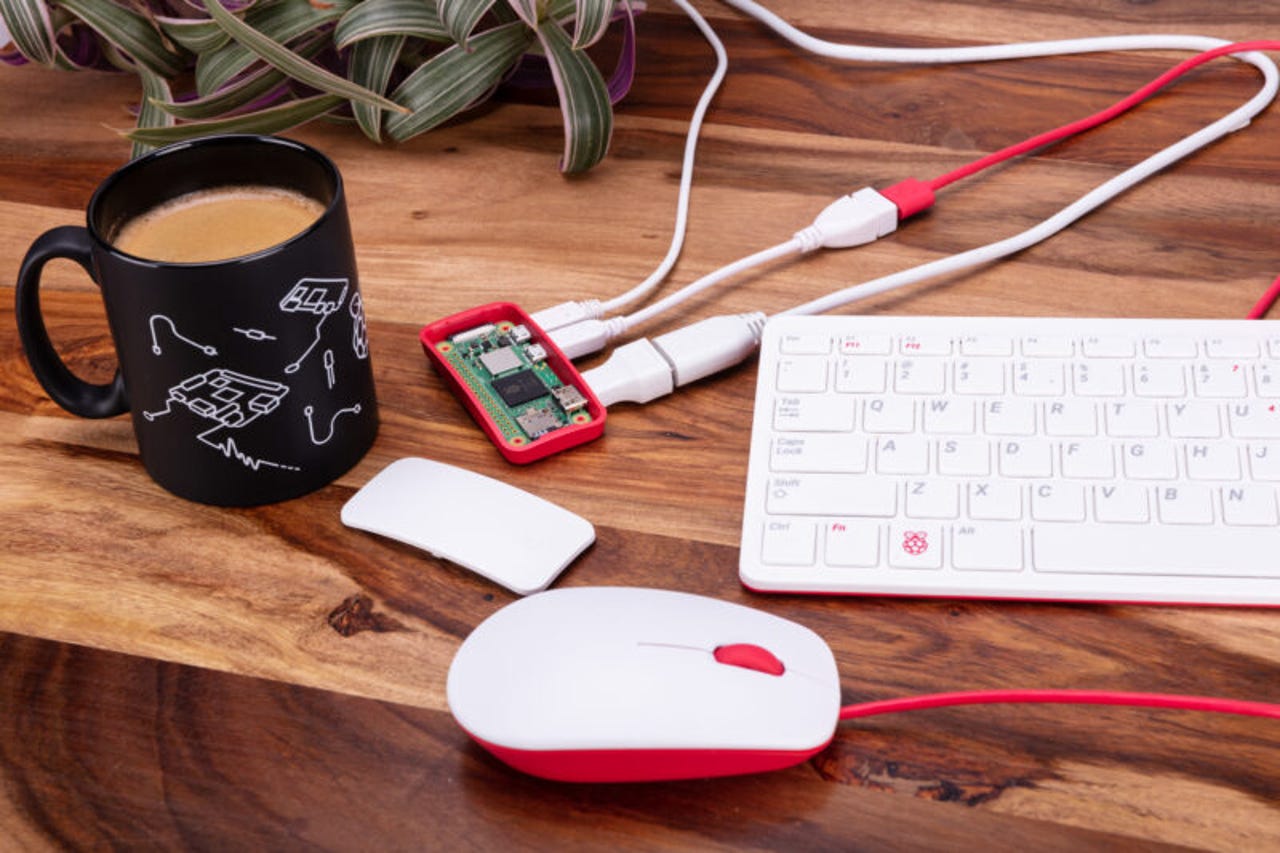'ZDNET Recommends': What exactly does it mean?
ZDNET's recommendations are based on many hours of testing, research, and comparison shopping. We gather data from the best available sources, including vendor and retailer listings as well as other relevant and independent reviews sites. And we pore over customer reviews to find out what matters to real people who already own and use the products and services we’re assessing.
When you click through from our site to a retailer and buy a product or service, we may earn affiliate commissions. This helps support our work, but does not affect what we cover or how, and it does not affect the price you pay. Neither ZDNET nor the author are compensated for these independent reviews. Indeed, we follow strict guidelines that ensure our editorial content is never influenced by advertisers.
ZDNET's editorial team writes on behalf of you, our reader. Our goal is to deliver the most accurate information and the most knowledgeable advice possible in order to help you make smarter buying decisions on tech gear and a wide array of products and services. Our editors thoroughly review and fact-check every article to ensure that our content meets the highest standards. If we have made an error or published misleading information, we will correct or clarify the article. If you see inaccuracies in our content, please report the mistake via this form.
Raspberry Pi Zero 2 W: New $15 board offers up to 5x the performance of its predecessor


The Raspberry Pi Zero 2 W comes six years after the launch of the original Pi Zero.
The cheapest member of the Raspberry Pi computer family now has a successor: the Raspberry Pi Zero 2 W, a 64-bit, quad-core follow-up to Zero W costing just $15.
Launched today by British computer-maker Raspberry Pi, the Pi Zero 2 W features a 1GHZ CPU that the manufacturer claims packs 5x the performance for multithread workloads than 2015's Raspberry Pi Zero.
ZDNET Recommends
The 65mm x 30mm board features a quad-core 64-bit Arm Cortex-A53 CPU, clocked at 1GHz. At its heart is a Raspberry Pi RP3A0 system-in-package (SiP), integrating a Broadcom BCM2710A1 SoC (the same used in the Raspberry Pi 3, albeit clocked-down slightly) with 512MB of LPDDR2 SDRAM. As well as offering a significant jump in multi-threading, Raspberry Pi says the upgraded processor in the Zero 2 W delivers a 40% performance boost in single-thread executions.
SEE: Raspberry Pi makes its first ever price increase, global chip shortage to blame
The super-cheap and super-hackable Raspberry Pi Zero quickly became one of Raspberry Pi's best-selling devices back when it launched six years ago, thanks to its versatility and affordability price – costing just $5 at launch.
It's also a firm favorite of Raspberry Pi co-founder, Eben Upton. "Of all the products we've launched, Zero is still the one I'm proudest of: it most perfectly embodies our mission to give people access to tools, and to eliminate cost as a barrier," Upton wrote in a blog post announcing the new device.
Also: The 5 best Raspberry Pi alternatives
The Raspberry Pi Zero 2 W has some physically tiny yet metaphorically huge boots to fill.
"We've sold nearly four million units of Zero, and its $10 wireless-enabled big brother Zero W, and they've made their way into everything from smart speakers to hospital ventilators."
The Zero isn't the cheapest device in Raspberry Pi's range – this honor goes to the Raspberry Pi Pico, a microcontroller board built on Raspberry Pi's custom RP2040 silicon that was launched at the start of 2021. At the other end of the scale you have the likes of the Raspberry Pi 4 Model B and Raspberry Pi 400, which are designed as more affordable replacements to traditional desktop PCs. The company saw a huge uplift in sales in 2020 due to the Covid pandemic and the ensuing call for working and learning from home, which made its highly affordable and consumer-friendly devices even more appealing.
ZDNET Recommends
Much like the 2018 Raspberry Pi Zero W, which added wireless connectivity (hence the 'W') to the original Zero board from 2015, the Pi Zero 2 offers both wireless and Bluetooth connectivity. This comes in the form of 2.4GHz 801.11b/g/n wireless LAN and Bluetooth 4.2. There's also support for Bluetooth Low Energy (BLE).
SEE: Tech skills: Four ways you can get the right mix
In terms of physical connectivity, there's a MicroSD card clot, CSI-1 camera connector, USB on-the-go (OTG) port, and 40-pin GPIO header. Video output is via a mini-HDMI port. Thanks to the similarities in size and connectivity, the Zero 2 W can be used as a drop-in replacement for the original Pi Zero and Zero W, which also means the new board fits inside most existing Raspberry Pi Zero cases.
That said, the discerning may notice some differences in heft: to compensate for the higher performance of the Zero 2 W, Raspberry Pi has had to pack in more heat-conducting copper to help keep the device cool while running. "If you hold a Zero W and a Zero 2 W in your hands, you can really feel the difference in weight," said Upton.
To accompany Zero 2 W, Raspberry Pi has also launched a new official USB power supply. It looks a lot like the original power supply unit for Raspberry Pi 4 PSU, but with a USB micro-B connector in place of the USB-C connector.
Raspberry Pi Zero 2 W specifications include:
- Broadcom BCM2710A1, quad-core 64-bit SoC (Arm Cortex-A53 @ 1GHz)
- 512MB LPDDR2 SDRAM
- 2.4GHz IEEE 802.11b/g/n wireless LAN, Bluetooth 4.2, BLE
- 1 × USB 2.0 interface with OTG
- HAT-compatible 40 pin I/O header footprint
- MicroSD card slot
- Mini HDMI port
- Composite video and reset pin solder points
- CSI-2 camera connector
- H.264, MPEG-4 decode (1080p30); H.264 encode (1080p30)
- OpenGL ES 1.1, 2.0 graphics